Sri Lanka — Ayobowan (welcome)
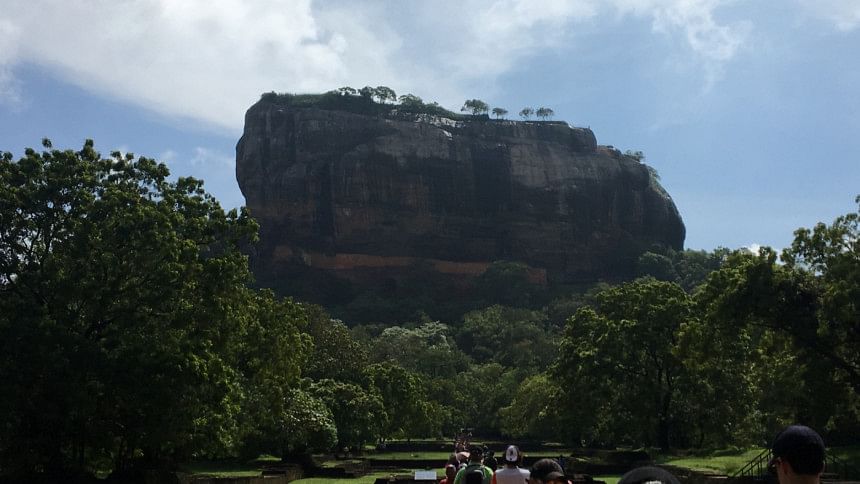
A teardrop in the ocean, Sri Lanka is known for many things, like its tea, and for us South East Asians, its cricket. However, one of the last things to be expected is the amazing diversity of its people.
The mix of ethnicities and different types of faces encountered, speaks of a country that was colonised by the Portuguese, the Dutch a.k.a. the Burghers, (those that look like Jackeline Fernandez!), the British, people from neighbouring South India, the Memons from Sindh in Pakistan, and the Moors who had travelled from Morocco/Spain, via Kerala!
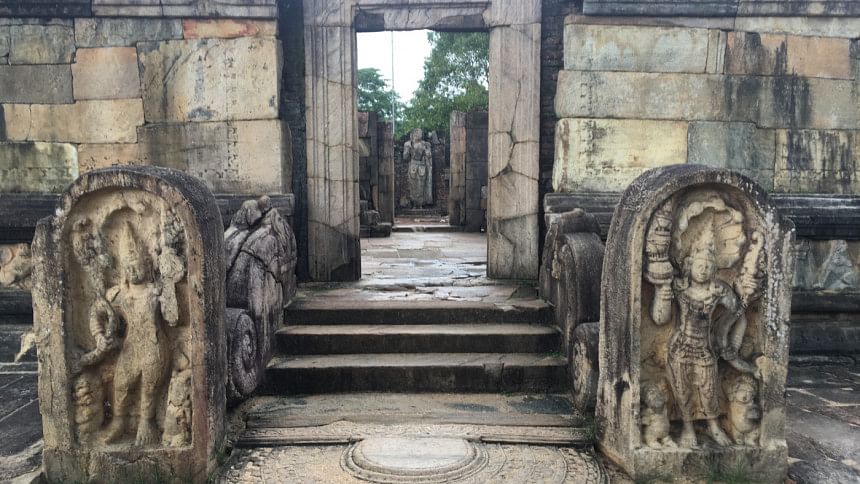
I chose Polonnaruwa and Sigiriya, two UNESCO World Heritage Sites as my chance to travel outside Colombo and experience Sri Lanka's archaeological heritage. The two cities are under the Cultural Triangle of Dambulla, Polonnaruwa, and Anuradhapura.
Polonnaruwa was the second most important city of ancient Ceylon (Sri Lanka's old, pre-colonised name) while Anuradhapura was the first capital.
I caught my 5:30AM train to Katunayake at the Colombo Fort train station, from where I was supposed to catch a bus to Dambulla.
Sri Lankan railways have changed little from the times of the British colonial era and the basic interiors were the perfect setting to enjoy the supremely lush exteriors we whizzed past. I joined two other Germans who were equally lost for a ride to Dambulla, but we could not have managed without the help of the locals who helped us navigate through the craziness of the bus stations, amidst the heavy October downpour.
From the main town centre of Dambulla, Polonnaruwa is about an hour's bus drive and the museum complex is a great place to get an idea of what to see in the archaeological site, and also buy your tickets.
Make sure to get the cheaper SAARC tickets, but if you forget to bring your passport, then be prepared to pay double on a foreign ticket! These can be as high as LKR 5000!

On the way out of the museum, watch out for the taxi driver's syndicate trying to swindle you into paying an exorbitant amount to take you around, but in any case, you can hire bicycles there, or a tuktuk from the main road, as walking around the sites might take too long.
The city of Polonnaruwa served as the capital from 11th to 13th century (CE), and contained a citadel (inner city) and an outer city. The citadel had the king's palace as well as administration buildings. The outer city contains religious shrines, with the main shrine being the Sacred Quadrangle.
The Parakramabahu Palace is thought o have been seven stories high, but today, you can see the large holes in the walls, which probably held large wooden beams. The sacred quadrangle, with its dour temples, requires a dress code of covered legs and arms and taking your shoes off, as it is considered very offensive to turn and walk off from a Buddha statue, since one should never show their backside to the Buddha.
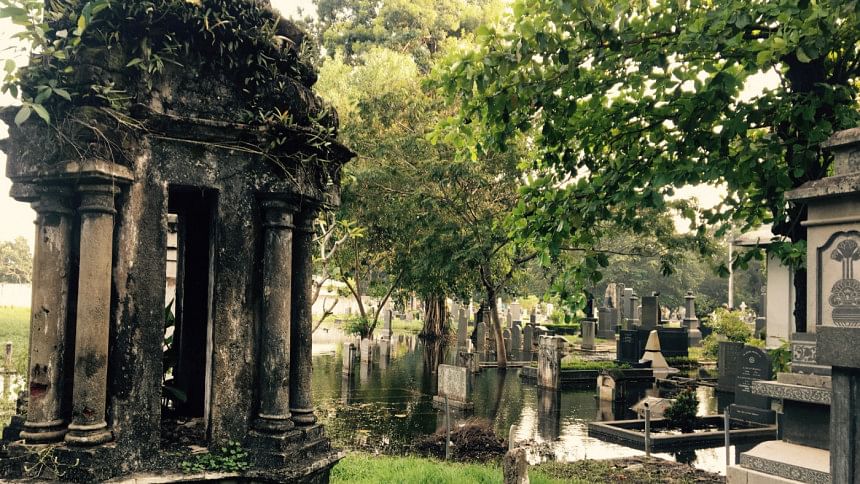
I walked around, soaking in the artwork of the carved stones, cradling my shoes and ignoring my burning soles as the stone slabs were scorching hot under the sun. At the entrance of each enclosure in the sacred zone, the moonstone, with its two guard stones, depicts the entrance where this exquisitely carved stone semi-circle, acts like a welcome mat. The best feature is that no two animals engraved resemble each other…
The next morning, I woke up at 4AM and after a 45 minute motorbike ride that left me teary eyed and nursing a head-cold, I was shocked at the prospect of having to climb the most wet and slippery, super high and dark set of stairs. They were also built for people twice my size, and just as my asthma was about to surface with a full-blown attack, we reached the summit, and all was forgiven, for there lay a statue of the incumbent Buddha, with an absolutely spectacular view of the valley beneath.
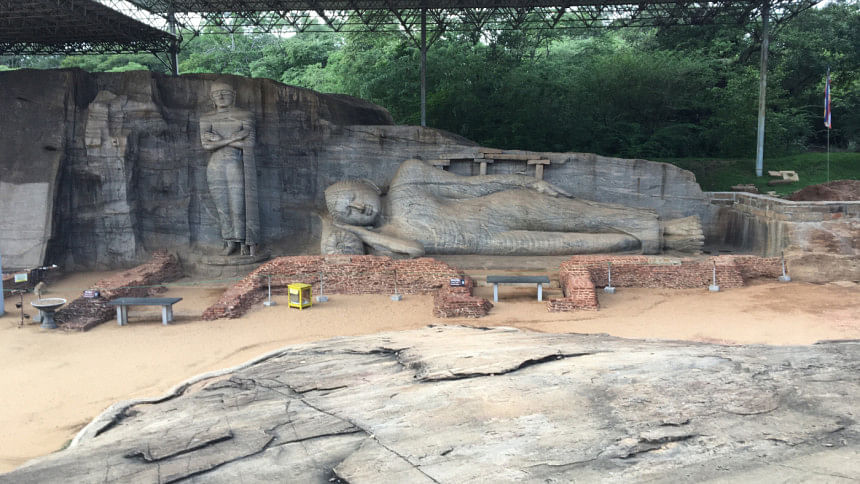
The rock formations jutting out from the carpets of green, and the resting Buddha leant an instant peace to my weary mind. This was Pidurangala Royal Cave, built by Kashyapa in 5 CE.
I gently picked my way back down and headed off to one of Sri Lanka's most famous archaeological sites, the Sigiriya Lion Fortress. A UNESCO World Heritage Site, this 1400-year-old fortress with a moat and a palace, that had the head of a lion at the top of its 200-metre-high rocky summit, has steep stairs that are definitely not recommended for people with vertigo!
The site was once a palace with gardens and the rock, a part of the natural environment, was simply carved to resemble a lion's head (which has since been missing) and gigantic paws or claws.
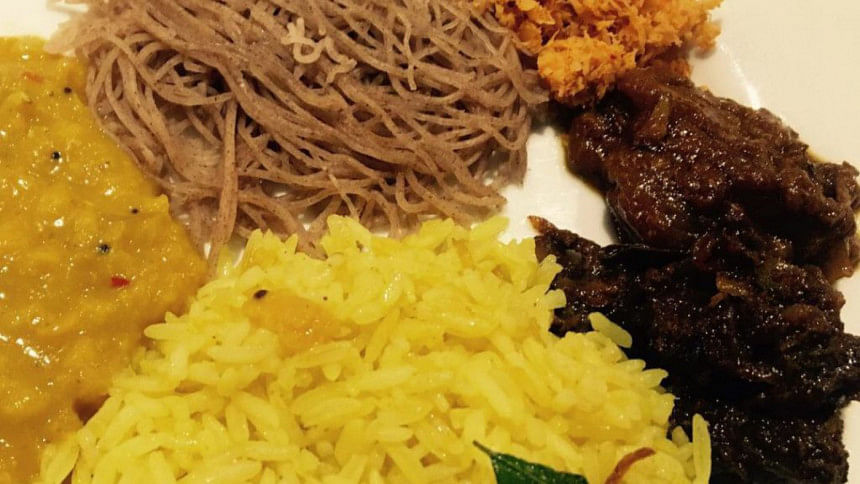
The winding stairs up were also a tourist site as far back as 7 CE. A large set of stairs snake their way to the top, as the Toque Macaque monkeys line the path, keeping an eye on visitors. The other inmate to be wary of are the wasps, of which, signboards at intervals warn visitors.
The site has a wall, which was made using materials like honey and calcium-carbonate, so it shone brightly, offering a reflection of the king as he walked past it. Today, although it does not reflect anymore, it still carries graffiti from visitors of 7 CE — tourists have definitely not changed over the centuries!
Another spectacular feature of the site is a section with frescoes of Apsaras or celestial maidens on the rocky surface, an area where taking pictures is prohibited. The archaeological department officials stationed there encouraged me to spot the mistakes in the frescoes, which had been corrected by the ancient artists as the paint dries quickly; I found at least one!
Colombo experiences its second monsoon if you go in October, so it rains almost every day, coming down in huge torrents — like a sheet of water!
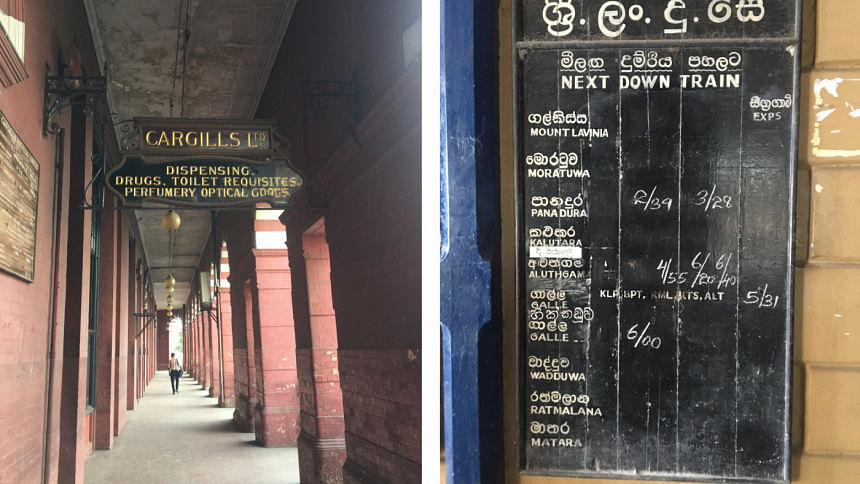
One dry afternoon, I snuck into the Borella Cemetery. Built in 1840, it has a special section from WW I and WW II. A large gate leads to a long pathway with graves on either side, some submerged in water after the recent showers.
Small lanes lead to both sides, marked by placards that quoted famous people and what they said about death, just in case the atmosphere was not eerie enough.
My next target was the older part of Colombo, the areas where the colonial buildings still don their old signboards and a walk on any holiday, when the streets are deserted, makes it very easy to imagine life in the 1940s.
The Slave Island Railway Station (also known as Kompanna Vidiya Railway Station), was built in the 1870s, and to this day, maintains the old traditional way of doing things.
Slave Island, as the name suggests, has a history of slaves working in the area, and according to a source quoted by someone, Arab owners "stored" their slaves here and castrated them to be used in their harems!
My next pit stop was Pettah market, where I caught snippets of people talking in Tamil, as most of the Tamil Muslims have shops here. The Jami ul-Alfar mosque, with its Moroccan interiors and a candy floss exterior, adds value to the Mid-eastern flavour of the market, along with spices being sold. The old town hall nearby is now a museum, but the main market area of Pettah still draws in pre-wedding shoppers, with everything from gold to fabric and other accessories available here.
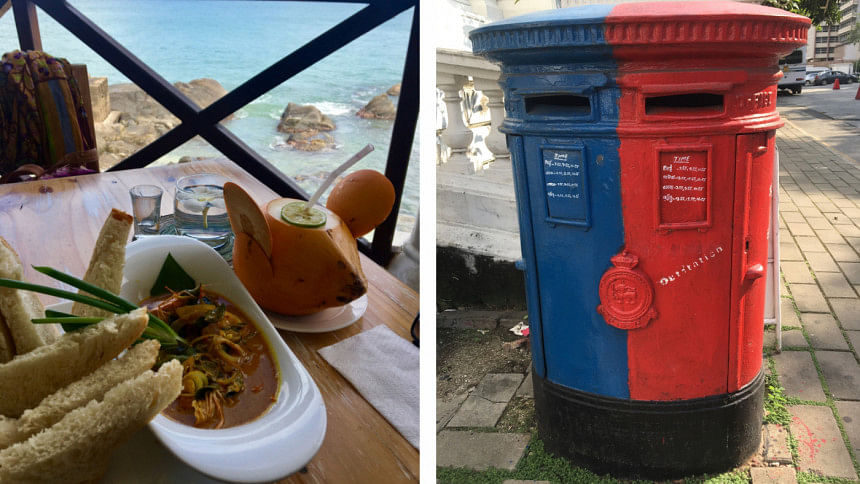
My last weekend in Sri Lanka was spent on a day trip to the city of Galle. It took more than an hour along a swanky new highway, turning right as soon as you hit the sea, towards the Galle fort area.
The Dutch had taken over the city from the Portuguese in the 1640s, and built a fortified centre in the 1660s. The fort area today houses some of the prettiest little boutique shops, a little heavy on the wallet, but totally worth a visit.
Restaurants and cafes line the upper portion of an old hospital and the fortified walls still run along the sea.
I walked through the old streets, admiring the colonial houses with their wooden rocking chairs on the porch and the walls splashed with burnt orange or yellow colours.
The Dutch Reformed Church was built in 1640, and the floor is paved with tombstones from the cemetery nearby. The markings on these are significant, for instance a tombstone depicting a skull, bones and an hourglass, indicates to an untimely death i.e. sickness.
But before you leave Sri Lanka, do eat its most famous street food: Kottu Roti. Legend has it that a street food seller was about to wrap up his stall when a tourist showed up and instead of disappointing him, a mash up of left overs resulted in this delicious mix of flavours.
Kottu Roti is bread mixed with chicken/beef/egg in a milk-based sauce and the hand rolled bread, or roti, which is chopped with veggies like cabbage and carrots etc. is done with a spatula type tool that makes a "tak-a-tak" sound.
I ate it at Pilawoos, possibly the most famous shop in Colombo, which was featured in the Time magazine and by none other than Anthony Bourdain.
Photo: Reema Islam

 For all latest news, follow The Daily Star's Google News channel.
For all latest news, follow The Daily Star's Google News channel. 


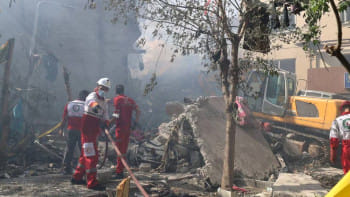
Comments